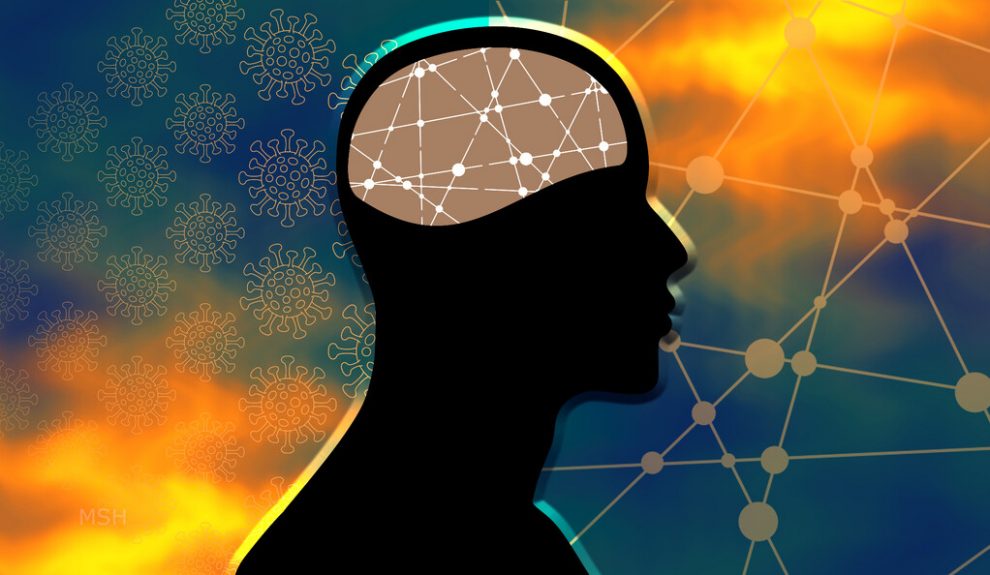Covid-19 has had devastating effects on all aspects of life, and adolescents especially have faced the harsh realities that the pandemic has created. At this time in their lives, adolescents are focused on finding their own identities and distinguishing themselves from their parents. This includes exploring gender identity, religion, political standpoints, values, and self-esteem. The pandemic, and the multiple lockdowns, has forced teens to be cooped up in their houses, creating an unideal environment for establishing independence.
Social deprivation due to the lockdown is predicted to have extensive effects on adolescent brains and behavior. However, the extent of detrimental effects may be mitigated due to widespread access to social media and technology. Teens have been able to interact with their peers, even if it is not face-to-face.
Social development has also been hindered through an increased hypersensitivity to social stimuli. The social brain structure develops substantially during adolescence, where teens are faced with increased hormones, including serotonin and dopamine, that intensify emotions and responses to events in their lives. This causes all reactions to the lockdown to be intensified in teens, in contrast with all other age groups. The lack of interaction has caused adolescents to be especially susceptible to peer pressure and exclusion, because they are not well adapted to social situations. This also correlates with increased anxiety in social situations. It has become increasingly difficult for teens to understand social cues and interact with peers when at their most crucial time of development, they have not been able to do so.
The environments teens have been locked in has further intensified the effects of the pandemic. LumenLearning quotes, “Even within the same country, adolescents’ gender, ethnicity, immigrant status, religion, sexual orientation, socioeconomic status, and personality can shape both how adolescents behave and how others respond to them, creating diverse developmental contexts for different adolescents.” Without exposure to diversity of peer groups and opportunities to meet new people, adolescents will not get the exposure they need in order to shape who they will be in the future. Marginalized communities have faced even harsher circumstances. Stress levels, food insecurity, housing instability, loss of family income, and rates of illness have all increased in these communities, making it especially difficult for adolescents. Also, a lack of internet access cut teens off from their peers completely. Positive versus negative familial environments can also greatly impact a teen’s development. Adolescents in lockdown in a negative family environment can be especially traumatized, and their mental health and wellbeing can be affected greatly.
While the long term developmental effects of the pandemic on social development cannot be determined now, rodent studies have shown that rodents that were isolated were seen to have hindered neurobiological development, increased anxiety, hyperactivity, and heightened sensitivity to rewards. The applicability of these studies to teens today may not be proportional, but the data suggests that teens will suffer similar consequences.
Senior neuropsychologist Brittany LeMonda states, “Teenage years are filled with physical, emotional, and cognitive changes. There are also hormonal shifts, more independence and responsibility, and peer challenges. It is therefore not surprising that teens have been more susceptible to declines in psychological health over the last year.” LeMonda reports that one in three girls and one in five boys have experienced new or worsening anxiety as a result of the lockdowns.
Returning to school has been difficult for teens across the globe. They not only are burdened with educational setbacks, but mental setbacks, as well. It is therefore crucial to recognize how adolescents have struggled due to the pandemic, but continue to struggle with readapting to their new normals.







